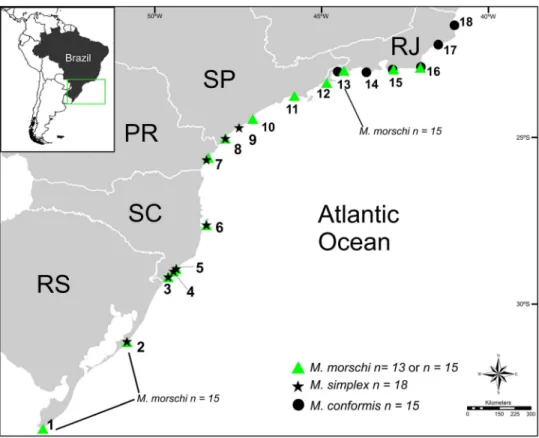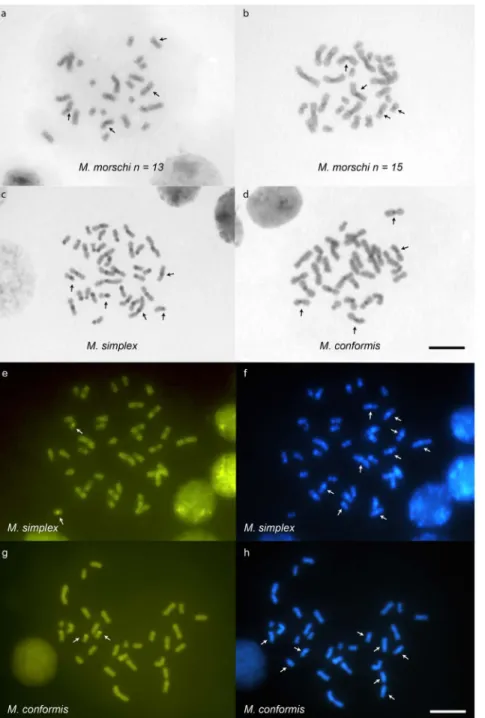REPOSITORIO INSTITUCIONAL DA UFOP: The role of fusion in ant chromosome evolution : insights from cytogenetic analysis using a molecular phylogenetic approach in the Genus Mycetophylax.
Texto
Imagem




Documentos relacionados
Physical Mapping of the 5S and 18S rDNA in ten species of Hypostomus Lacépède 1803 (Siluriformes: Loricariidae): evolutionary tendencies in the genus.. Loricariidae) inferred
In this work we studied 18 patients with PWS, 20 with AS, 3 with supernu- merary marker chromosomes (SMC), and their parents, by GTG banding and FISH techniques: 14 PWS patients
The present study was therefore designed and carried out to investigate the effects of increased levels of PL (1.0 to 4.0 %) and docosahexaenoic acid (DHA) (1.0 to
Nota-se que a prática da dança, nos mais variados contextos socioculturais, é reconhecida como ferramenta para a construção da autoestima, está intimamente ligada à
Allan (2010) stressed the importance of developing skills in information literacy in second and third cycle students of higher education, when the need to handle
A técnica de PCR-DGGE mostrou ser uma boa ferramenta para a análise da comunidade bacteriana neste tipo de amostras, permitindo-nos perceber que as comunidades bacterianas das
In Akodon the diploid chromosome number ranges from 2n = 9 or 10 to 2n = 52, with the majority of the mem- bers of this genus being characterized by relatively low chromosome
Cytogenetic analysis of Trichomycterus areolatus , collected from the Tijeral and Huilma Rivers in southern Chile has shown a diploid chromosome number of 2n = 54, a fundamental